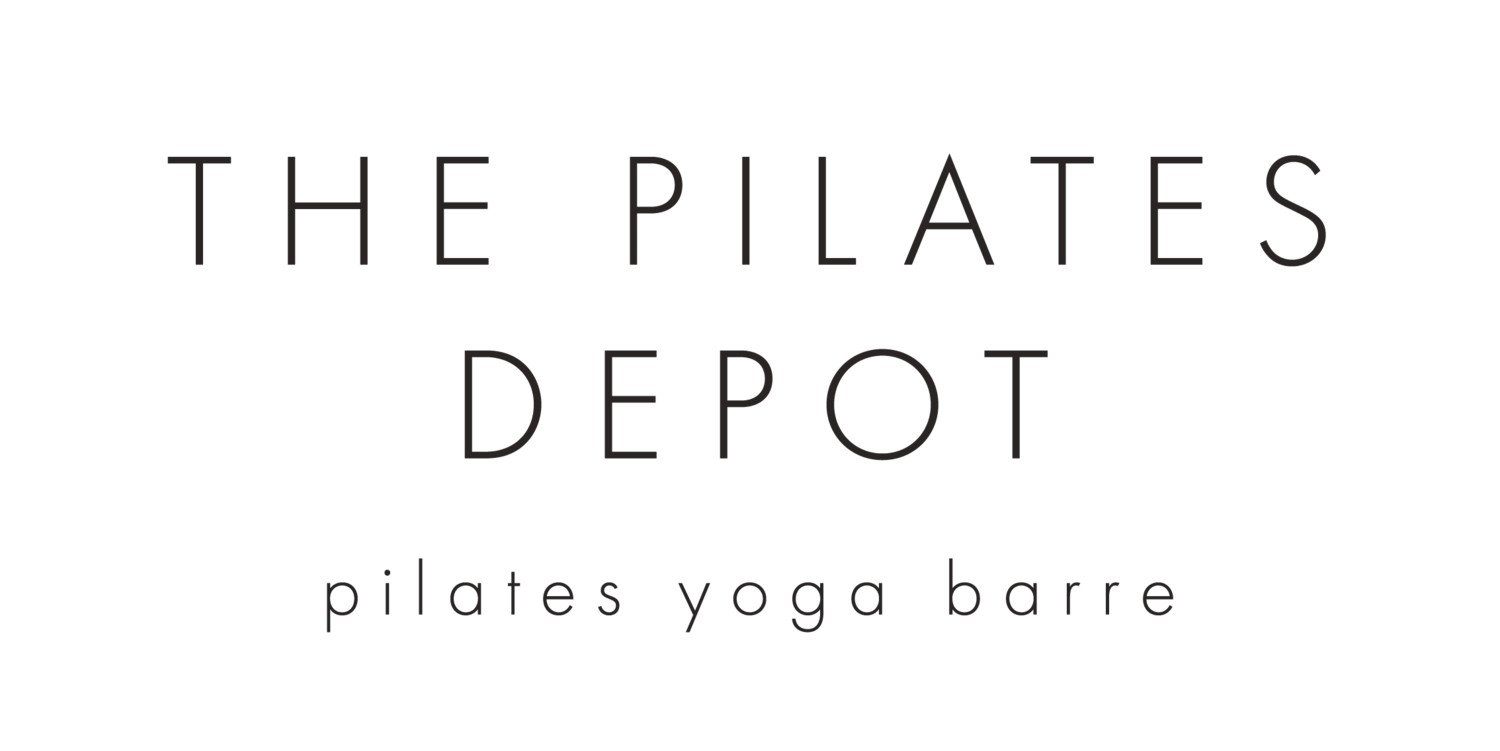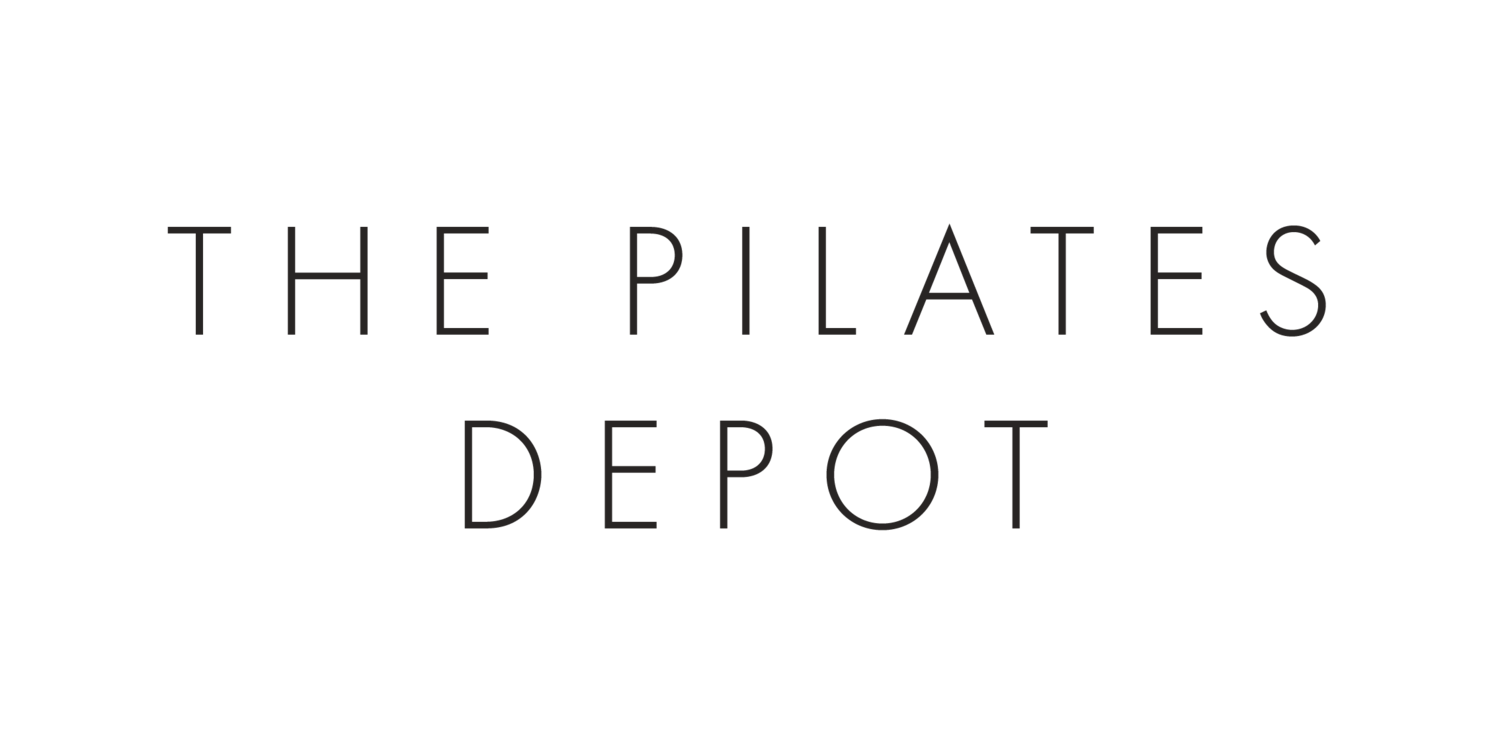What does "taking it easy" mean after birth
The exercises in this article are safe for you to perform whether you have had a vaginal birth or cesarean section. Read our other blog post "taking care of yourself post natural birth/cesarean" for further information on how these two births differ in your recovery.
It’s often encouraged to take it easy for the first 6 weeks, these are some gentle ways that you can tune into your body and regain some basic strength while recovering and building up strength to start exercising again. You can still gently exercise your tummy muscles in the first 6 weeks, we also encourage some light pelvic floor work to help your perineum heal. These exercises, if done within pain limits can also help with swelling and bruising too. It’s important that you are guided by how you feel, don't be tempted to overdo things, if there is still some pain and swelling in the area, take it easy and know that its common to become tired easily as well.
You may find for the first few days/weeks that it’s difficult to find your pelvic floor muscles, particularly if there was some tearing in the birthing process. This is normal, you should notice it feels easier each time you do it. If you notice you are feeling heaviness toward the end of the day, this may be a sign you are overdoing things. If you experience any incontinence, or if the heaviness or pain is ongoing - you could contact your physiotherapist, doctor or midwife for advice.
What exercises can I do after birth?
Exercise no 1. The pelvic tilt
We recommend starting this exercise laying on your back, knees bent, feet on floor. Bring your legs hip distance apart and relax your lower body as best you can (feet, knees and hips).
-Tilting your pubic bone toward your belly button (picture 1) you will notice a gentle flattening of your lower back. As you tilt your pelvis toward you, notice your belly button draws gently into your spine.
Go back in the reverse direction relaxing pubic bone back away from you, you should notice a natural amount of space return under the lower back.
Points to remember: localise this movement to just the pelvis, avoiding any gripping through legs, keep breathing, move back and forth through pelvic tilts slowly & aim for 1-2 minutes.
Exercise no 2. Transverse Abdominis activation (deep abdominals)
We recommend starting this exercise laying on your back, knees bent, feet on floor. Aim to keep your pelvis neutral (in reference to the previous exercise- neutral refers to a position that is directly between the tilt toward you and the tilt away from you). Try to perform this whole exercise in 'neutral'.
Now imagine you are wearing a belt, you want to do this belt up just a little tighter and in order to do so you have to gently pull in from your lower abdominals (below the belly button).
Only drawing in a 1/2 cm is plenty, you do not need to "suck it right in" to achieve this movement. To feel if you are doing this correctly- place your index fingers on the front of your hip bones, move in an inch and down an inch so you are off of the bon (be sure to avoid acute cesarean scars), you should feel a subtle tightening of these muscles under your fingertips as you gentle draw in. Hold this contraction for a breathe in + out and then relax. If you notice you have moved out of your neutral position (maybe your lower back is flat into the floor) reset and try to maintain a neutral space under your lower back the next time you do it. Perform 1-2 minutes of this exercise.
Exercise no 3. Pelvic floor activation
We recommend starting this exercise laying on your back, knees bent, feet on floor. Aim to keep your pelvis neutral (in reference to the previous exercise- neutral refers to a position that is directly between the tilt toward you and the tilt away from you). Try to perform this whole exercise in 'neutral'. Now imagine where your pelvic floor lies (like a hammock between your legs). Click here if you need a visual. You want to lift your pelvic floor up gently between your legs. Some describe it as feeling like you are trying to stop a stream of urine, others describe it like you are trying to stop yourself passing wind. Both cues are helpful, ideally both at the same time. Keeping in mind your pelvic floor surrounds both your "front passage" and your back passage" so ideally you would feel both the front and back lift. Often those cues together can be effective. Its important you don't squeeze your buttocks/glutes or your thighs, this may suggest you are trying too hard. It’s a subtle feeling but should be a notable lift internally.
For further clarification on these exercises, to get progressions (ways to make them harder) or to book a 1:1 Physiotherapy or Pilates appointment then please email physio@thepilatesdepot.com.au

